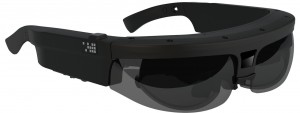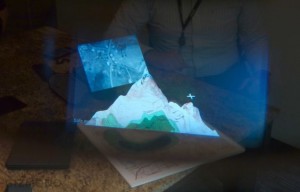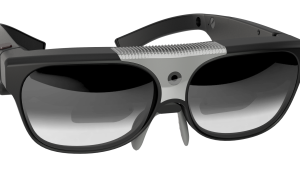

ODG designed the new headset to be very consumer-friendly, and physically suited to fans of the very popular Wayfarer sunglasses style. They will weigh a very light 125 grams, and “do everything its military-grade specs can do”, including the ability to record video, play HD video, and display visuals for those who love to play in a different world. Unlike the military version, these will, of course, neglect the awkward bulky, heavy appearance (Forbes).


These glasses are the result of 6 years of feedback, and because the notion of wearing glasses like these has yet to grow out of its primitive stage, ODG wanted to prove that there's something better out there than Google Glass. The experience is similar to that of any computer or tablet, but in front of your eyes. It can be compared to having your own private 3D movie theater, as you can watch 3D video and have it feel like its on a 65-inch TV, 8 feet in front of your face (Gizmodo). It's also easy to still interact with your surroundings, and most reports have stated a less disorienting ease-of-use than the Oculus Rift. This could be thanks to the no-lag experience associated with that Snapdragon processor.



 Laptop & Tablet Parts
Laptop & Tablet Parts




















